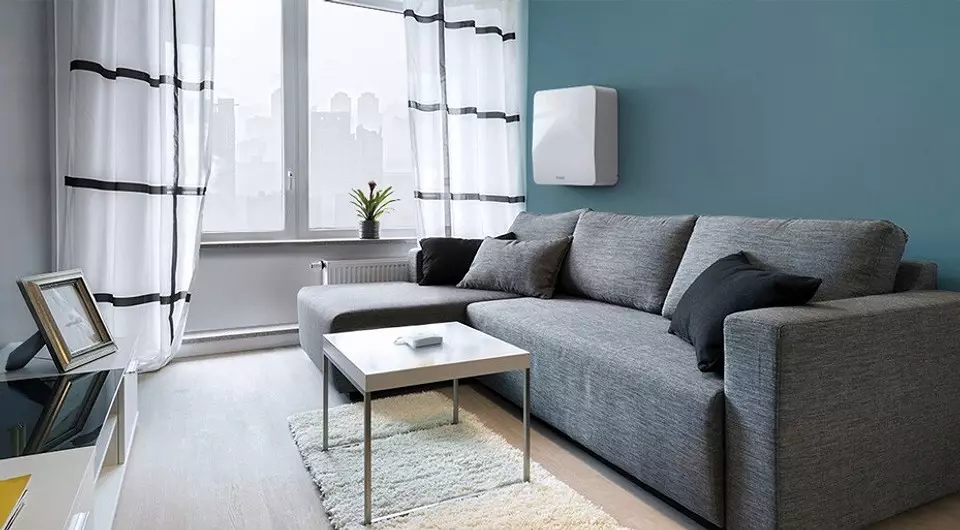From how compliance with the standards of air exchange indoors, the quality of ventilation work depends on the overall level of housing.
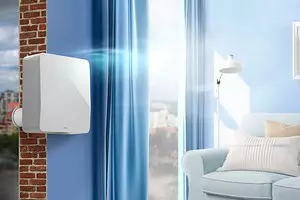
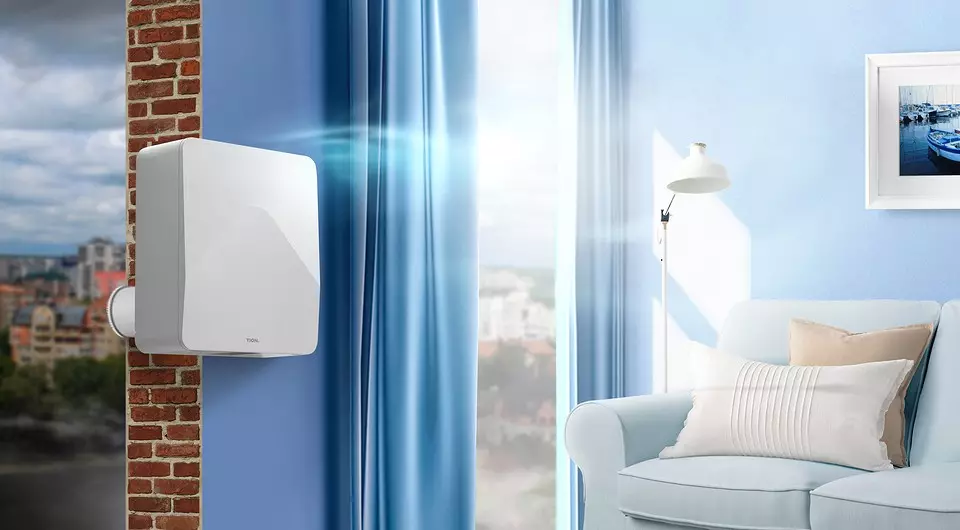
Air exchange is the most important characteristic of any ventilation system. The air exchange characterizes the multiplicity of air replacement indoors. According to regulatory documents, the performance of the system is indicated or the multiplicity of air exchange indoors, that is, how many times the entire volume of the air will be replaced in the room per unit of time (for example, per hour). The performance of the ventilation systems is usually measured in cubic meters per hour (m3 / h) - how many cubic meters of air leaves the room per hour and comes to it.
1 What air exchange is needed for residential premises?
First, it must meet the requirements of the construction standards and rules for each specific type of premises, specifically - SP 60.13330.2016 "Heating, ventilation and air conditioning". Secondly, the number of people in the room should be taken into account.Norms of air exchange for residential premises
| Residential premises less than 20 m2 per person | 3 m3 per 1 m2 square |
| Residential premises more than 20 m2 per person | 30 m3 per hour per ten |
Multiplicity of air exchange
| Type of room | Multiplicity of air exchange |
| Kitchen | 5-8 |
| Bathroom | 7-10. |
| Restroom | 8-10 |
| Living room | 3-4 |
| Bedroom | 2-4 |
| Room for smoking | 10 |
How to calculate air exchange
The calculation of the air exchange indoor is carried out according to the formula: B = V * n, where B is an air exchange, V - the volume of the room (the area is multiplied to the height of the ceiling), n is the multiplicity of air exchange.For example, for a seating area of 20 m2 and with ceilings with a height of 3 m, the recommended air exchange performance will be approximately 180-240 m3 / h. Another option is calculated by the number of people indoors. Calculation of the multiplicity of air exchange can be performed online, on many construction sites, calculators, for example, Calc.ru
2 What threatens non-compliance with the norms of the air exchange?
Not enough intense air cycle makes housing uncomfortable and even dangerous to health. The problems with ventilation of the premises testifies to the fumes, for a long time, non-weathered smells, possibly the appearance of dampness and mold.
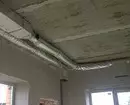
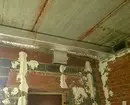

Installation of ventilation channels
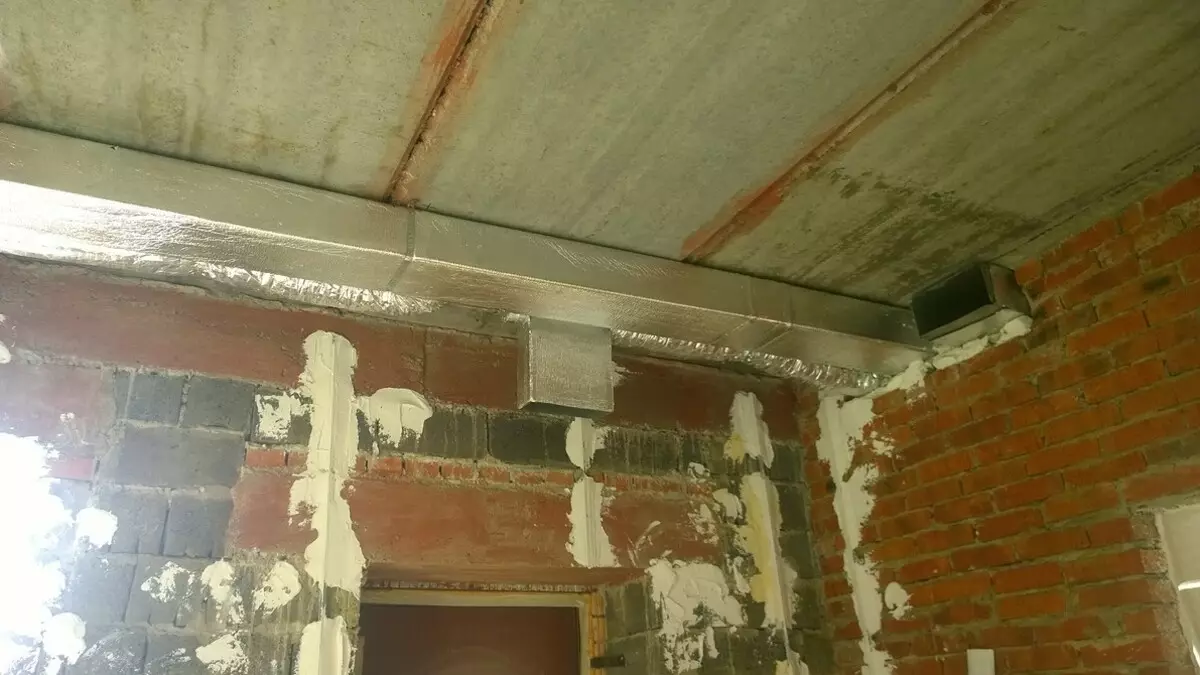
In cold rooms, ventilation channels are insulated
3 Which ventilation system will provide normal air exchange?
Air exchange in residential premises is carried out through systems of natural or forced ventilation.Natural ventilation
Natural ventilation is duct channels placed in the bathrooms and in the kitchen. The air hood is carried out through them, and the influx is through the slots and other looseness in the windows and entrance doors.
Required air exchange norms Natural ventilation is able to withstand, only with the presence of the aforementioned "non-rotations" and only with a significant (at least 10-15 ° C) difference between the temperature of the outer and internal air.
Therefore, if you use natural ventilation, be sure to envisage the possibility of outdoor air inflow. This may be, for example, special ventilators, built into modern window frames with double-glazed windows. Keep track of the status of exhaust ventilation channels so that they do not clog dust. They can be judged about their condition, bringing a lit match to the ventilation grille: the better the extractor works, the stronger the air flow deflects the flame. And note that in the summer, when the air temperature is the same outside and indoors, even the best system of natural ventilation will not work.
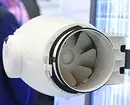
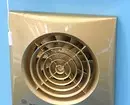
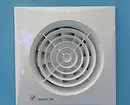
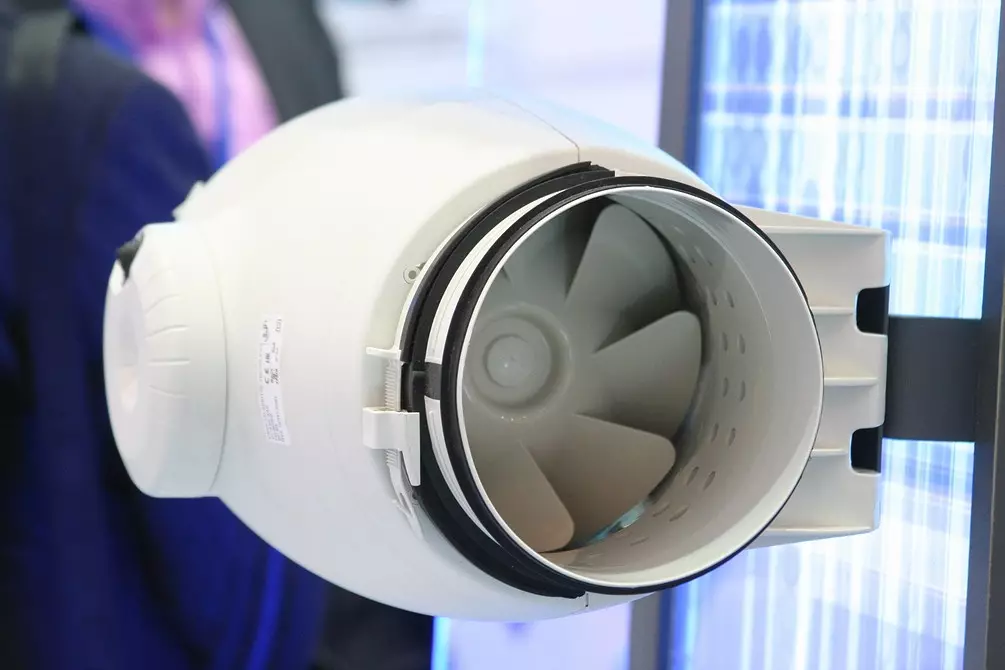
Channel fan
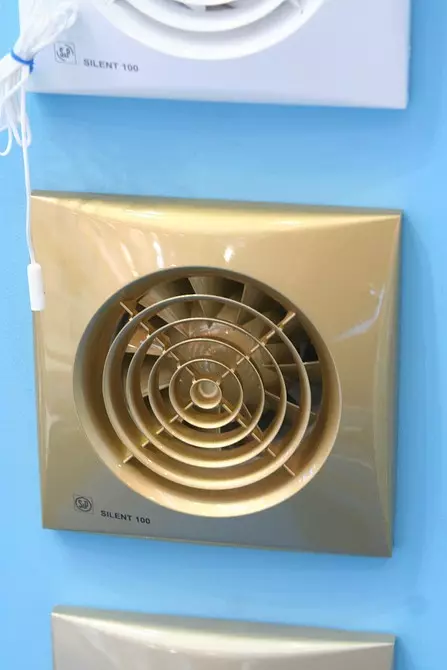
Decorative grid ventilation
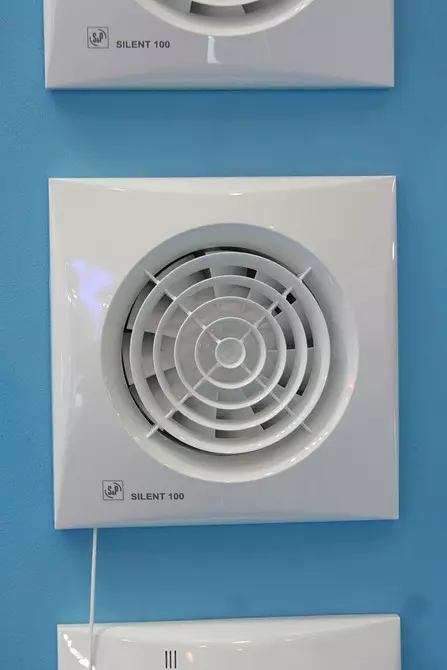
Decorative grid ventilation
Forced ventilation
Forced ventilation systems work efficiently, regardless of the time of year and the temperature of the street air - in this, their main advantage. They also do not depend on the state of gaps and looser, they do not need to constantly keep the vents open.
It can be both complex imputy-exhaust climatic complexes, as well as simpler ventilators. The conductor is a device that is a ventilating channel with a diameter of 10-15 cm with a built-in fan. It is installed in the thick of the outer wall of the building. The ventilators can work both on the influx of air and on its exhaust. A pair of ventilators installed in the premises removed from each other (for example, a hood in the kitchen, and the dwelling in the bedroom) can solve the air exchange problem. There are, however, and the models "two in one", in which the fan alternately works in direct and reverse mode on the inflow, then on the air extract. For more comfortable operation, ventilators are equipped with filtering systems and heating the incoming air. The cost of one such ventilator is 10-20 thousand rubles.
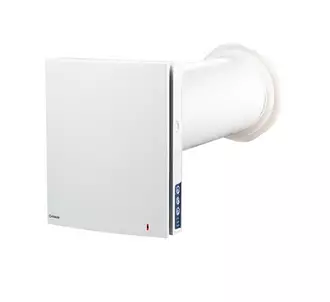
BLAUBERG FRESHER 50 ventilator
In addition to air exchange, ventilation on SNiP should provide the influx of heated air so that cold air flows (drafts) do not occur. This is achieved due to the heating of outdoor air supplied in the systems of natural ventilation on the heating radiators (the cold flow of air from the window slots and the window is quickly heated above the radiator batteries - that is why they are recommended to be placed under the windows).
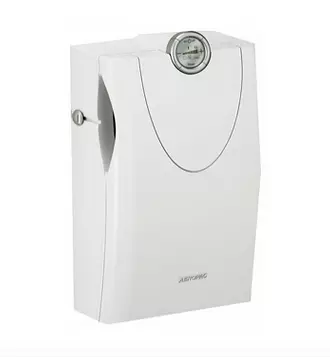
Siegenia Aeropac SN ventilator
In the systems of forced supply and exhaust ventilation can be used heat exchangers-recuperators. In them, the heated and contaminated air at the outlet out of the room passes through the heat exchanger and gives a significant part of the heat with fresh air entering the room from the street. Regulated by SNOP and the order of air removal: its removal from the premises of ventilation systems should be provided from zones in which the air is most contaminated or has the highest temperature.
